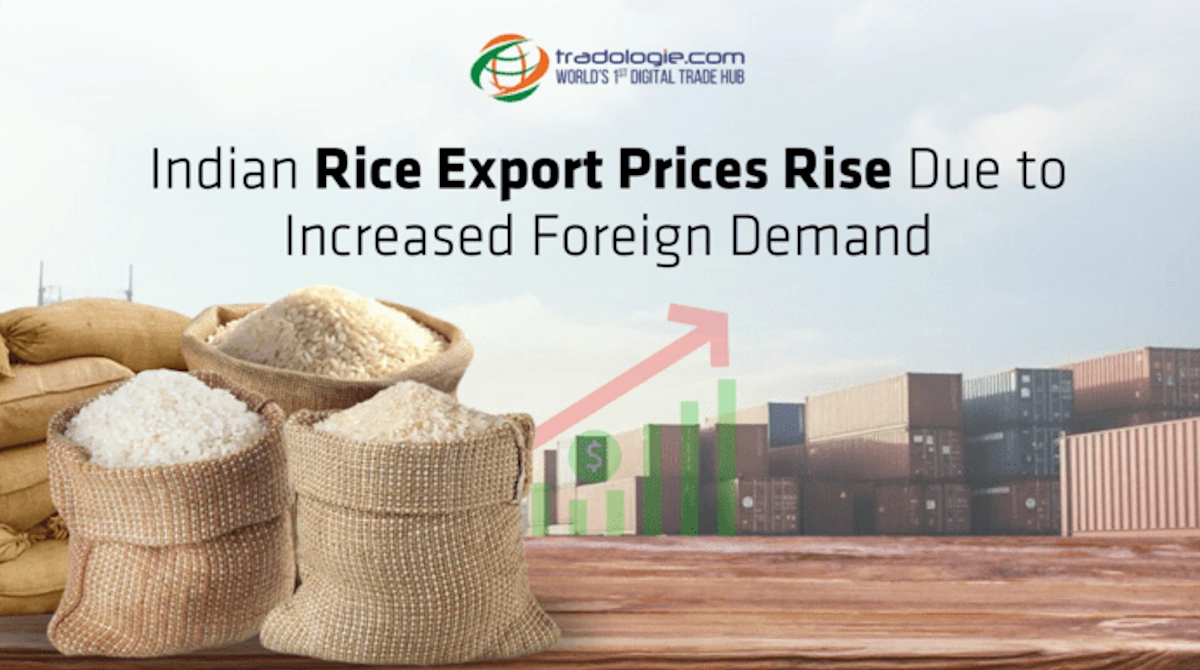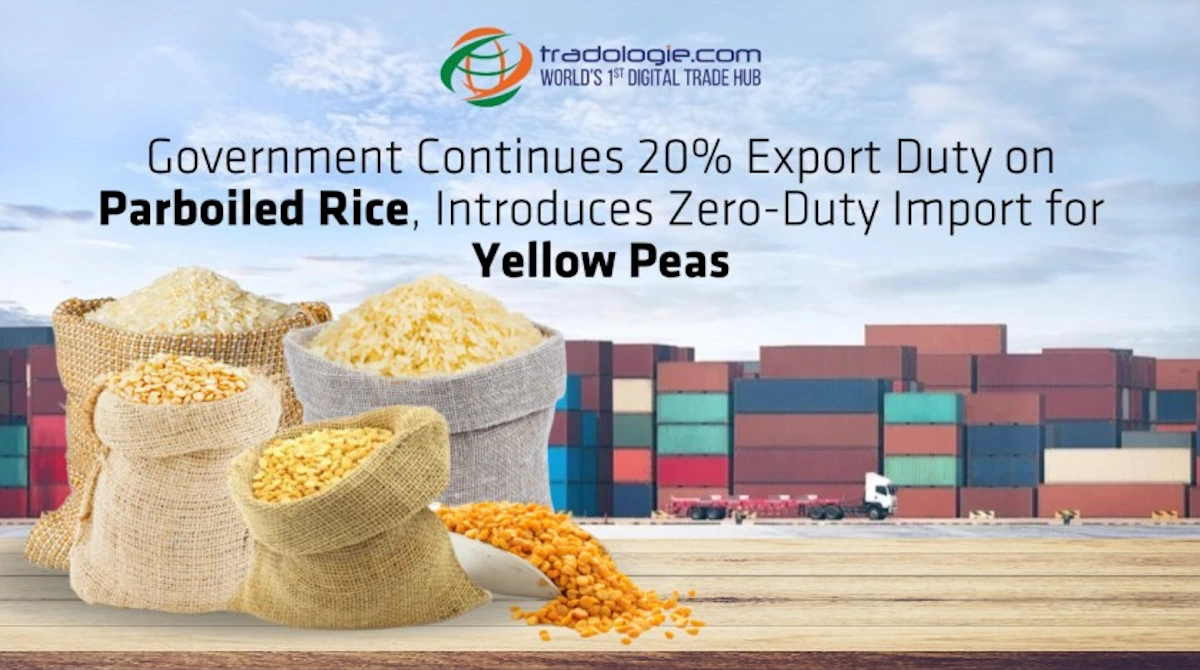Rising Export Offer Prices Amidst Strong Demand
The export offer price of Indian rice has surged to a three-month high this week, driven by strong demand from foreign importers and the Indian government's decision to raise the minimum support price (MSP) of paddy for the 2024-25 season. This development has significant implications for Indian rice exporters and the broader rice export industry in India.
Government Hike in Minimum Support Price
On June 20, the Indian government increased the MSP of paddy for the 2024-25 season by 5.4%, raising it to Rs 2,300 (approximately $27) per quintal. This hike has had a direct impact on the export prices, causing an upward trend in the domestic market price of rice as well. Indian rice suppliers have witnessed an increase in the export price of arrivals, reflecting the heightened cost of procurement and production.
Competitive Edge Despite Price Increase
Despite the increase in export offer prices, Indian rice remains competitively priced compared to other major rice-exporting countries. Trade analysts note that foreign importers continue to prefer Indian rice due to its affordability. The export offer price for India's 5% broken rice rose from $539-546 per tonne last week to $544-552 per tonne this week. In contrast, the export offer price for Vietnam's 5% broken rice fell slightly to $570 per tonne.
Impact of Export Bans and Market Dynamics
Even with the ban on commercial exports of 100% broken and non-basmati white (raw) rice, India retains its position as the world's largest rice exporter. Indian rice exporters have managed to sustain their market dominance by leveraging the price advantage and meeting the global demand effectively. The current price trends indicate a robust performance by Indian exporters in the international market.
Global Market Comparisons and Strategic Waiting
Vietnamese rice exporters, on the other hand, are experiencing a slowdown. A trader from the Mekong Delta highlighted that the business of Vietnamese rice has been affected by buyers pausing their purchases. This hesitation stems from expectations of an impending reduction in import duty on rice in the Philippines, a significant market for Vietnamese rice. The decision, expected between July and September, has led to a strategic wait among Vietnamese rice exporters.
Harvest and Domestic Market Trends in Vietnam
The ongoing harvest of the new paddy crop in the Mekong Delta, which will continue until the end of next month, has also influenced the domestic market price of rice in Vietnam. This seasonal dynamic contrasts with the steady performance of Indian rice suppliers who continue to cater to the global demand amidst fluctuating market conditions.
Conclusion
Indian rice exporters are navigating a dynamic market landscape marked by rising MSP and robust international demand. Despite challenges, the Indian rice export industry remains resilient, maintaining its competitive edge. As the global rice market continues to evolve, Indian rice suppliers are poised to leverage their strategic advantages and sustain their leadership in the global rice export arena.
If you want to export or import rice in bulk, Tradologie.com is the best B2B platform. It facialites the bulk transactions without any middlemen through its state-of-the-art SaaS platform. Visit www.tradologie.com to explore B2B export opportunities and stay updated with the latest trends in the industry.
To register as a buyer, click here. To register as a seller, click here.





